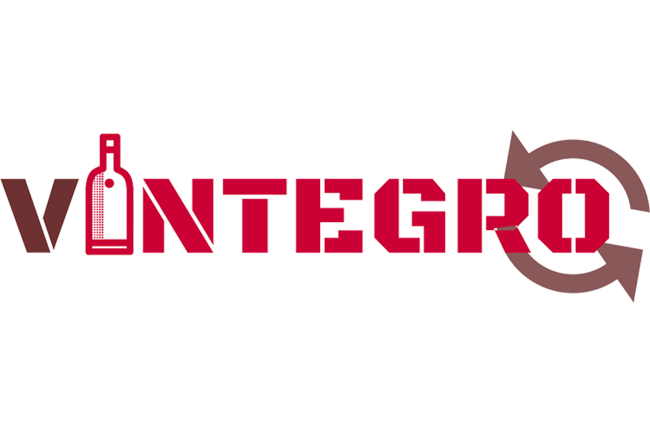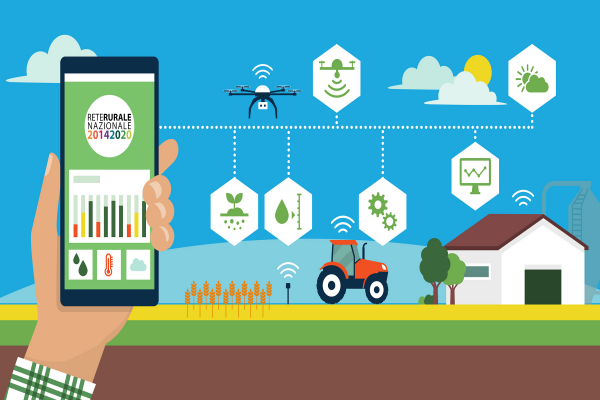Integrity and stability of the Tuscan wines

The aim of the project is to improve the quality and the image of Tuscan wine:
- By obtaining a naturally more stable wine, thus avoiding unwanted precipitation and turbidity in the bottle
- Reducing the use of chemical-physical treatments on wine, with less removal of positive compounds and a decreased concentration of possible allergens in the finished product
- Reducing the overall environmental impact of wine, with lower consumption of energy and water resources for wine stabilization treatments and for its inadequate transport and distribution protection.
- Reducing production costs
- develop a stability test and to use it to identify the winemaking practices that mostly affect the macromolecular stability of a wine;
- experimental activities on a new additive for tartaric stabilization, i.e. potassium polyaspartate (KPA);
- draw the guidelines for the production of naturally stable wines;
- specific actions for prompt introduction of the innovation in the production process of Operational Group partners, and disseminate the new findings to a wide number of Tuscan wineries;
- training program targeting cellar and vineyard
The project deals with the problem of wine instability, and particularly of precipitation of macromolecules (flavanols, flavonols, polysaccharides, proteins). In the setting up phase, the stakeholders of the wine industry indicated this problem as the one that mostly needs innovation.
Wine macromolecules are in a state of metastable colloidal equilibrium, and stay in solution till when the equilibrium is broken due to reactions and interactions among them, thee last depending on the environmental conditions and on wine composition. If the equilibrium breaks when the wine is already on the market, the haze that appears in the bottle is cause of refuse by consumers. The wine is therefore object of controversy, with important economic and commercial consequences.
Presently, without the possibility to foresee if a wine will form precipitates in bottle, and in order to avoid risks, the winemakers has the tendency to exaggerate with the stabilizing treatments, being them physical (filtration, cold stabilization etc.) or chemical (bentonite fining, protein fining etc.). These practices are not dangerous for human health, although can deprive the wine of some of its native constituents and involve relevant economic and environmental costs.
During the setting up phase, improved and reliable analytical techniques (dynamic light scattering, Z potential) and accelerating methods (climatic chambers, concentration) were identified; through them become feasible the development of a laboratory test able to predict the instability of a wine, through a rapid and inexpensive procedure suitable to be applied at every lot of wine in every phase of its life.
The VINTEGRO project has the objective to bring to the consumer wines with important
organoleptical qualities, reducing the enological practices (based on addition or removal) that can
decrease integrity, varietal expression or territorial typicity therefor qualitative heritage of grapes.
To reach this objective a predictive test of wine instabilities, simple, reliable and based on innovative
technics will be developed.
In the past months several analytical trials were performed using both traditional and innovative
methods in order to define an analytical protocol draft.
The wine went through analysis for general characterization as well as color, stability and particulate
determination. Moreover, physical and chemical tests were used to investigate the wine stability.
Analyzing the results of these first trials, it was decided to go on with the characterization of stability
using the innovative technic Z sizer to perform analysis on wine tests produced during the 2019
harvest.
Together with the project wineries some protocols were defined in order to produce some test wines
using key parameters to investigate their contribution on wine natural stability and to be used as a base
to develop the stability predictive test.
Moreover, a protocol was written to study the proteins impact on wine stability.
| Titolo/Descrizione | Url | Tipologia |
|---|---|---|
|
sito web del progetto
|
Sito web
|
|
|
Video di presentazione del progetto
|
Materiali utili
|
|
|
Relazione finale sintetica
|
Materiali utili
|
|
|
Relazione riassuntiva della attività di formazione svolta durante il progetto Vintegro (sotto misura 1.1)
|
Materiali utili
|
|
|
Volantino di presentazione dei risultati del progetto
|
Materiali utili
|
|
|
I risultati ottenuti con il progetto VINTEGRO
|
Materiali utili
|
|
|
Articolo, Risultati del progetto Vintegro
|
Materiali utili
|
|
|
Video - Stabilità Colloidale e Colore e Pratiche enologiche
|
Materiali utili
|
|
|
Video - Valutazione del rischio di precipitazione della quercetina
|
Materiali utili
|
